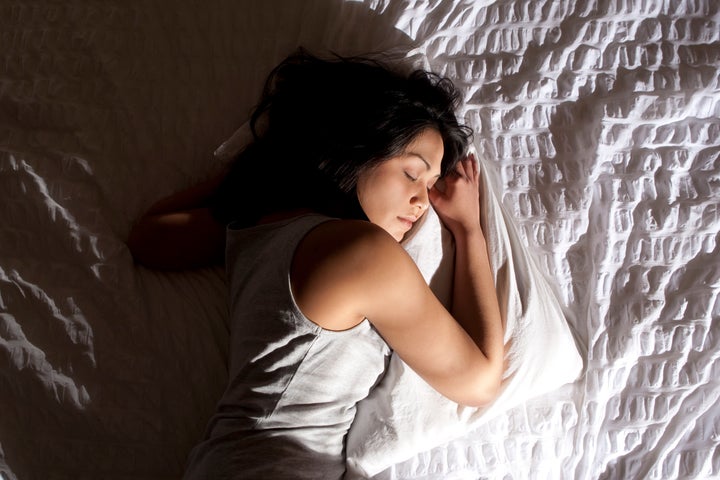If you’ve noticed the afternoon walk home from work is a lot brighter, you know it’s that time of year again. Daylight saving.
Daylight Saving Time (DST) is the practice of advancing clocks one hour during the warmer months of the year. In Australia, it is observed in New South Wales, Victoria, South Australia, Tasmania, and the Australian Capital Territory ― and not practised in Queensland, the Northern Territory or Western Australia.
When does daylight saving 2020 start?
Sunday October 4, 2020 at 2am
The annual spring forward occurs on Sunday October 4 at 2am when the clocks go forward an hour. It means longer sunnier days but we’ll lose one hour of sleep this weekend, which can affect our health.
While one hour doesn’t seem like much, experts warn it can mess with sleep patterns.
“Almost half of the Australian population are not getting the sleep they need already, getting less than seven to nine hours,” Sleep expert Dr Harrington told HuffPost Australia.
“If you’re already running almost on empty and then you decrease your sleep by that little bit extra, you’re likely to fall over the cliff. Our body clock is not so quick in its adjustment and we will find it harder to go to sleep that hour earlier and find it difficult to wake up that hour earlier.”
Dr Harrington said this leaves us feeling tired, confused, grumpy and even a bit clumsy. And that’s just the adults.
“Try going to bed 15 to 20 minutes earlier in the days leading up to the time the clocks go forward. Set your alarm for 30 minutes earlier on Friday and Saturday mornings in preparation for the early start on Sunday and make the bedroom as bright as possible when you first wake up in the morning,” she advises.
So, where did daylight savings come from?
Dr Harrington said it reportedly originated in First World War and then made a come back in the late 60s.
“There was a bit of an energy crisis then,” she says.
“A drought in Tasmania in 1968 led to the reintroduction to daylight savings, it’s all related to energy conservation.”

Tips to avoid daylight savings hangover:
-Make the bedroom as bright as possible when you first wake up in the morning.
-Eat a good breakfast.
-Go outside in the sunlight in the early mornings.
-Try to get between seven to nine hours sleep each night.
-Exercise daily but not within 3 hours of sleep time.
-Don’t drink coffee, tea or other caffeine drinks after midday, avoid smoking just before bed or during the night.
-Don’t go to bed hungry but don’t eat a large meal within 3 hours of bedtime.